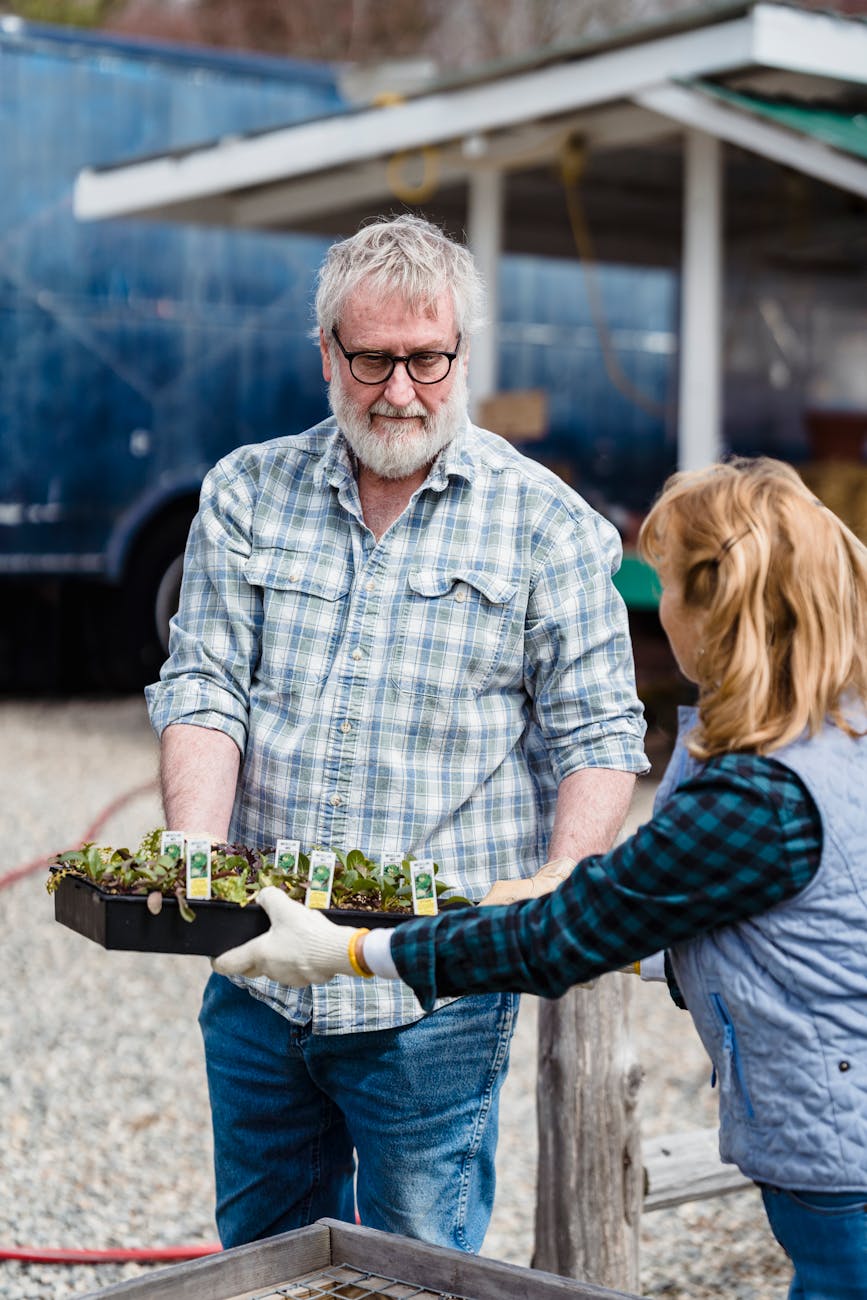Eco-friendly living made simple: everyday habits for long term sustainability
The small choices we make every day add up to large environmental effects over time. This article breaks down practical, proven habits you can adopt now to live more sustainably without major lifestyle upheaval. You will learn the mindset behind effective change, how to cut waste and consumption, straightforward home energy and water improvements, smarter food and transport decisions, and ways to make these habits stick while influencing others. Each section builds on the previous one so you can move from awareness to action and then to community impact. The focus is on simple, repeatable actions that deliver measurable savings in energy, water, waste and household costs while reducing your carbon footprint.
Understanding sustainable basics
Start with a clear, realistic mindset: sustainability is a set of repeatable habits rather than a single perfect choice. Focus on three priorities: reduce what you consume, reuse and repair what you already own, and recycle only what cannot be avoided. Adopting a “less is more” approach reduces environmental impact and simplifies daily life. A brief home audit will give direction: note your top energy uses, where waste occurs, and your typical weekly food and transport patterns. Tracking just a few metrics for a month—electricity use, number of car trips, and food waste—provides the baseline needed to set achievable goals and measure progress.
Cut waste and consume smarter
Reducing waste often delivers the biggest wins fastest. The goal is not perfection but continuous improvement. Start with these practical steps:
- Adopt reusable alternatives: use reusable bags, water bottles, and containers to eliminate single-use plastics.
- Buy durable, repairable items: choose quality over quantity; repair appliances and clothing when possible.
- Plan purchases: meal planning and shopping lists reduce food waste and impulsive buys.
- Compost organic waste: leaves, food scraps and other organics kept out of landfills cut methane and create useful soil for gardens.
These habits connect directly with energy and water savings discussed next: less consumption reduces resource demand across the board.
Make your home energy and water efficient
Home upgrades can be incremental or larger investments depending on budget. Begin with no-cost and low-cost behavioral changes: turn off lights, lower thermostats a degree or two, run full dishwasher loads, and fix dripping taps. Next, prioritize high-impact upgrades:
- Switch to LED lighting — immediate electricity savings and long bulb life.
- Improve insulation and seal air leaks — reduces heating and cooling needs year-round.
- Install efficient appliances and thermostats — energy rating labels help compare models.
- Use low-flow fixtures and smart irrigation — cut water and water-heating energy.
Every measure reduces utility bills and the household carbon footprint. The table below gives rough annual estimates to illustrate relative impact for common actions.
| Action | Estimated annual energy or water savings | Estimated annual CO2 reduction | Estimated annual cost savings |
|---|---|---|---|
| Replace 6 incandescent bulbs with LEDs | ~300–400 kWh | ~135–180 kg CO2 | ~$40–$60 |
| Install a low-flow showerhead | ~500–1,000 gallons water; 200–600 kWh of hot water energy | ~90–270 kg CO2 | ~$60–$150 |
| Compost food scraps (household) | Diverts ~200–400 kg organic waste | Saves ~50–150 kg CO2e (methane avoided) | Saving on yard waste disposal fees |
| Replace one weekly car commute with biking | Reduces fuel use ~200–800 L equivalent annually (varies) | ~200–800 kg CO2 | Fuel and maintenance savings vary, often >$200 |
| Adopt 3 plant-forward meals per week | Lower food-related emissions and resource use | ~100–400 kg CO2 annually | Often saves money on groceries |
Estimates vary by region, household size and energy sources; use them as comparative guidance rather than exact values.
Choose sustainable food and transport
Food and transport are two of the largest personal contributors to emissions. Simple shifts can have outsized effects:
- Favor seasonal, local food when practical to cut transport emissions and support local producers.
- Move toward a plant-forward diet: even a few meat-free meals per week significantly reduce embedded emissions.
- Plan errands and combine trips to cut vehicle miles and time spent in traffic.
- Use active and public transport where safe and available; carpool to reduce per-person emissions.
Food choices tie back into waste reduction: meal planning reduces spoilage and composting redirects unavoidable scraps. Transport choices complement home energy decisions by reducing overall fuel demand and making electrification investments more effective.
Build habits and influence community
Long-term sustainability depends on turning actions into routines and sharing what works. Use these behavioral strategies:
- Set small, measurable goals: reduce electricity by 10 percent this quarter, or eliminate single-use plastics for a month.
- Track and celebrate progress: visual dashboards, apps or simple checklists reinforce change.
- Engage your household and neighbors: bulk-buying, tool libraries and shared compost systems lower cost and increase impact.
- Advocate for change: support local policies for better public transport, building efficiency incentives, and recycling infrastructure.
Community action amplifies individual choices. As neighbors coordinate, behavioral norms shift and larger system changes—such as cleaner grid electricity and better waste services—become possible.
Conclusion
Eco-friendly living is a practical sequence: build awareness, reduce consumption and waste, improve home energy and water use, choose lower-impact food and transport, and then lock in habits while engaging community. Start with a simple home audit and pick two or three actions you can maintain long term. Small investments like LEDs or low-flow fixtures pay back financially and reduce emissions; behavioral changes like meal planning and active transport cut recurring waste and fuel use. Track progress, share successes, and scale by collaborating with neighbors or supporting local policies. Over time these everyday habits compound, delivering savings, healthier living, and a measurable contribution to long term sustainability.
Image by: Greta Hoffman
https://www.pexels.com/@greta-hoffman




